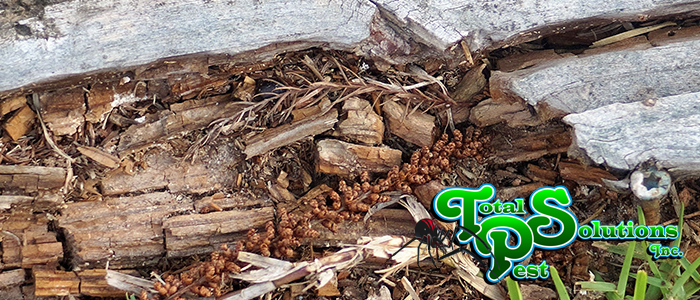
You hear a lot about the dangers of ticks and the diseases they carry. The lesser0known cousin of the tick is the mite. These close cousins can infect humans and pets. There are several types of mites that can be very dangerous to your health and your household. Here are three of them.
Rat Mites
Usually rats confine themselves to the structure of the building and the rat mites can make their way in through very small cracks in the walls and into the home, especially if a nest behind the wall have been abandoned and the mites find themselves hungry.
The little creature is quite commonly known for infecting rodents, but it will also attack humans and pets. Like vampires, they do drink blood to survive and use the little fangs to attack their victims. You may think you are safe from this creature your property is rat and mice free, but the most hygienic areas are often the ones where mites are attracted or drawn to.
When a rat mite can’t find a rodent victim to attach itself to, they started looking desperately for a host to feed from. Their bites can cause itching, bleeding, and skin reactions. The rat mite has a life span of about 63 days. Mites (like ticks), only feed when they are breeding or molting. Rat Mites hatch from an egg and look similar to the adult but need to grow and mature before they are able to breed.
As they grow they need to cast off their “skin” (exoskeleton) to accommodate their new larger size. Each time they molt, they need a blood meal and they also need a blood meal each time they are preparing to lay eggs. Rat mites can go several weeks between meals.
The Fowl Mite
These creatures are the most troublesome during the spring and summer. They spread from birds and into our homes. Its entire life cycle is spent on the host, where it feeds on blood and is a source of irritation to the bird. Eggs are laid in masses at the base of the feathers, usually in the vent area. It is one of three species of fowl mite that are ongoing pests of commercial breeder and layer flocks.
The eight-legged adult northern fowl mite is about 1/26 inch long and dark red to black. There are four stages in the mite life cycle: egg, larva, nymph, and adult. The complete life cycle from egg to egg-laying female can be as little as five to seven days. This can result in rapid increases in mite populations, especially on layers and breeders kept for extended periods.
The Scabies Mite
These creatures are found in every corner of the globe, including the Lone Star State. They burrow into human skin, causing severe itching, disfiguring rashes, and other health problems. Scabies is extremely contagious and can spread virtually overnight through both residential and commercial buildings. The disease requires medical treatment and may take months to clear up.
Scabies is not an infection, but an infestation. Tiny mites set up shop in the outer layers of human skin. The skin does not take kindly to the invasion. As the mites burrow and lay eggs inside the skin, the infestation leads to relentless itching and an angry rash. When a person is infested with scabies for the first time, it can take four to six weeks for the skin to react. The most common symptoms are:
- Intense itching, especially at night
- A pimple-like rash
- Scales or blisters
- Sores caused by scratching
Can They be Controlled?
The answer to this question is, “yes, to a degree.” Keeping your home as clean as possible can certainly help. Washing clothing in hot water, disposing of household waste promptly, and vacuuming your carpet daily can all minimize the risk of infestation. The best way to deal with harmful mites, however, is to trust the job to a professional extermination service.
continue reading
Related Posts
Holiday Pest-Free Homes in Winter Haven: Avoiding Cargo Pests As
Auburndale’s Mole Cricket Damage: Repairing Turf Before Frost As the
Lakeland’s Fall Termite Swarms: Early Detection Tips As the summer






